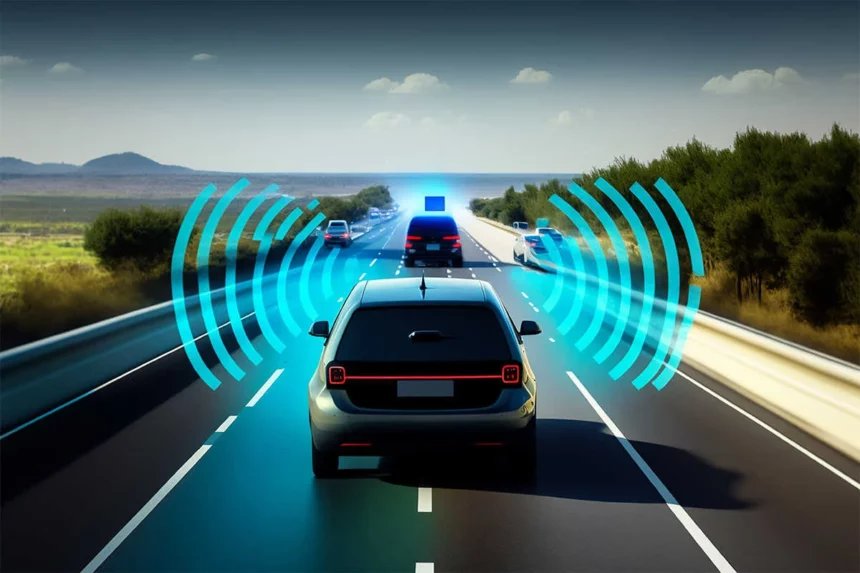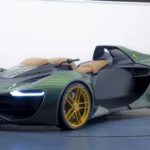Researchers at the US Southwest Research Institute (SwRI) have unveiled a pioneering camera-based autonomous driving technology, set to revolutionize the industry. The cutting-edge tools, collectively known as Vision for Off-Road Autonomy (VORA), promise to redefine the landscape of autonomous driving, presenting a game-changing alternative to traditional LIDAR and RADAR technologies.
Traditional autonomous driving solutions heavily rely on LIDAR sensors, which emit high-energy lasers to detect and visualize objects surrounding a vehicle. However, this method poses significant challenges, particularly in military applications, where stealth is paramount. Similarly, RADAR technology and GPS navigation systems face vulnerabilities that compromise their effectiveness.
VORA is designed to passively perceive objects, create environment models, and localize units on a map, even in challenging off-road terrains. Abe Garza, a research engineer at SwRI’s Intelligent Systems Division, highlighted the inspiration behind VORA, stating, “We reflected on the toughest machine vision challenges and then focused on achieving dense, robust modeling for off-road navigation,”

At the core of VORA lies stereo cameras, offering a discreet yet highly effective alternative to traditional sensors. By leveraging deep learning stereo matching (DLSM) algorithms, SwRI engineers have pioneered a method to create dense, accurate maps using camera data. This innovative approach allows for precise localization and mapping, without the need for power-intensive LIDAR systems.
Additionally, SwRI developed a factor graph algorithm to intelligently combine sparse data from stereo image features, landmarks, inertial measurement unit (IMU) readings, and wheel encoders to produce highly accurate localization data. This fusion of technologies ensures robust performance across diverse environments.

While initially developed with military applications in mind, the potential applications of VORA extend far beyond. From space exploration to agricultural automation, the versatility of this technology knows no bounds.
“For our defense clients, we wanted to develop better passive sensing capabilities but discovered that these new computer vision tools could benefit agriculture and space research,” said Meera Towler, a SwRI assistant program manager who led the project.
Furthermore, the VORA technology opens doors for planetary exploration. Autonomous vehicles navigating extraterrestrial terrains face similar challenges, such as power constraints and limited connectivity. Here, VORA’s energy-efficient design and reliance on cameras prove invaluable.
“We apply our autonomy research to military and commercial vehicles, agriculture applications, and so much more,” Towler said. “We are excited to show our clients a plug-and-play stereo camera solution integrated into an industry-leading autonomy stack.”
SwRI plans to integrate VORA into various autonomy systems, paving the way for widespread adoption across industries. By offering a plug-and-play solution integrated into an industry-leading autonomy stack, the institute aims to set new standards in autonomous driving technology.
As autonomous driving technology continues to advance, SwRI remains committed to prioritizing safety and security. With extensive testing planned at its off-road facility in San Antonio, the institute is poised to lead the way in ensuring the reliability and integrity of autonomous vehicles and driving systems.









